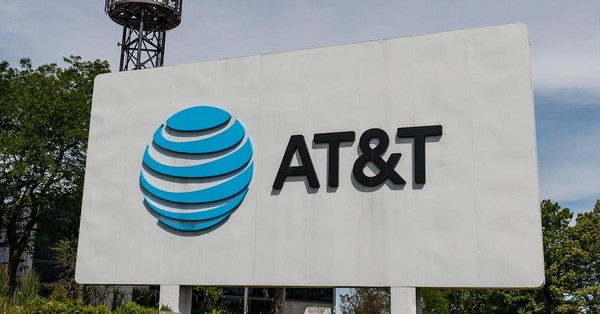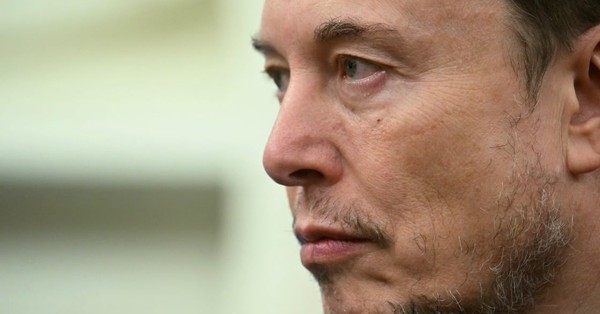- Tech News & Insight
- December 7, 2025
- Hema Kadia
The FCC has approved AT&T’s agreement to acquire a portfolio of UScellular wireless spectrum licenses for $1.02 billion, advancing AT&T’s mid-band capacity strategy and reshaping competitive dynamics in U.S. 5G markets. The licenses span select UScellular markets, bolstering AT&T’s holdings in areas where UScellular has long operated, including rural and






























